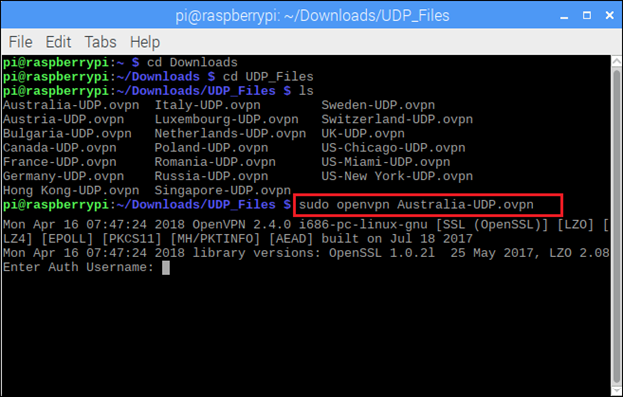

It was developed in the mid-’90s by Microsoft. PPTP started coming with windows95 and mostly used in dial-up connections, but time has passed since then and PPTP's basic encryption protocol was cracked. Point–to–Point Tunneling Protocol (PPTP): PPTP stands for Point to Point Tunneling Protocol and is one of the oldest VPN protocols that lived.I am not going to cover all of them, but I will mention the three most popular ones. Since we are at it, let's look at some of the protocols used by the VPN providers to ensure a secure connection. Thus VPNs keep your privacy safe and your data secure. There are many VPN services, which provide no logs policy, which means they do not record which sites you visit so if the government decides to ask the VPN provider for your logs, you can rest astute that there will not be any. The websites you visit can also gather information, they do this because to understand the demographics but there can be situations you want to protect your privacy, in this scenario, VPNs can protect your data. I am not saying it's impossible to break a VPN network, I am just saying it's tougher than normal. This is where a VPN comes in, by enabling a VPN, you are adding an extra layer of security to your network. Now the problem is when you send this data to the server, you are not only sending the data but you are also sending your location information and a bunch of other information alongside that. Our computer has an IP address and so does every other device which is connected to our network when we type in a domain name of our choice and hit enter, it goes to a name server translates the data and sends you back the website you have requested. To understand what happens when you type a domain name and hit enter, the domain name is a nickname for the websites IP address, an IP address is like your home address but it consists of numbers, not street names, it's so done because its way easy to remember a name rather than a bunch of numbers and a server translates them that's why it's commonly known as the Name Server. When you send your data online, a VPN creates a tunnel between you and your called server, it is done by utilizing a second server, when you request a page on the internet without the VPN, it goes directly to your requested server, but with VPN enabled, your request gets encrypted and goes to the server of your VPN provider, and then it goes to your requested server. Also, I just don't want to leave an SSH port open for just anybody to hack in. This way I can securely connect to my local network while I am not home.

I decided to set up a VPN server on my home network using a Raspberry Pi. Initially, VPNs were used by big organizations and governments because of obvious security reasons, but nowadays VPNs are used by everyone because it ensures privacy and data security. Raspberry pi is a pocket-sized computer and suitable for creating many types of web-based servers like:Ī VPN stands for Virtual Private Network which means it gives you privacy online. So as a cheaper, and safer dilemma, I like to use the popular Raspberry PI zero with PIVPN to make my VPN server and in this tutorial, I will tell you how you can set up your OpenVPN server on a Raspberry PI very simply. One-click VPN services are excellent if you are looking for an out of the box solution, but that service comes with a cost and putting the trust of your valuable data to these servers is not safe. However, those services are not the only way through which you can encrypt your online activity. Also, there are numerous ads that YouTube or other OTT platforms always pours on us.

When I think about a VPN service, the first thing that comes to my mind is all subscription-based plans.


 0 kommentar(er)
0 kommentar(er)
